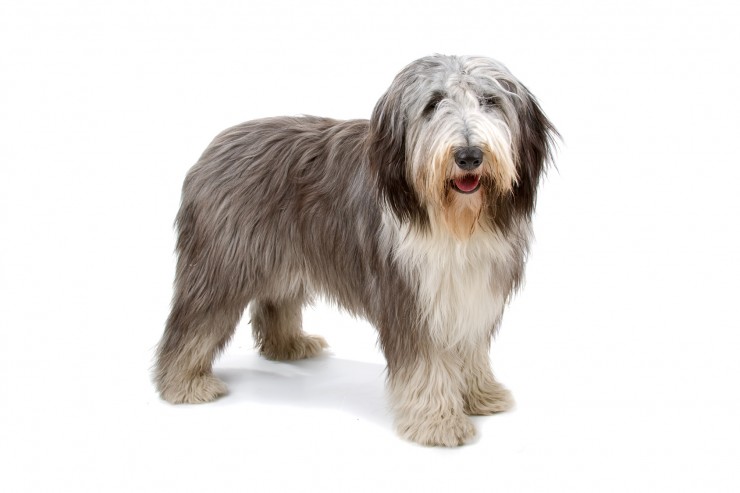
Ringworms are common in humans but it also affects animals particularly cats and dogs but dogs have the second highest percentage in terms of fungal infection. Dermatophytes cause fungal infection in animals, and the most common causative agent of ringworms, known as tinea, is Microsporum canis.
Causes of Ringworm
Microsporum canis is the most common cause of ringworm in dogs. This is acquired through close contact with animals or humans that may have been infected. Animals that love to play in soil are also at risk of having fungal infection because the fungi also thrive in soil that has enough nutrients. Puppies are also high risk since they have weak immune systems.
Prevalence
Among animals that can be infected with the fungi, dogs have the second highest rate of having the fungal infection.
Signs and symptoms
When your dog has been exposed to an infected person or animal, the physical symptoms would appear 10-12 days after. The dog can display symptoms such as circular patch that has red raised borders. In the middle of the patch, it appears dry and pale. It may bring discomfort to dogs as it can cause itchiness and sometimes inflammation also occurs. The affected area is usually hairless because hairs become brittle.
Diagnosis of Ringworms
There are three common diagnostic exams that veterinarians use in determining the presence of fungal infection. Skin inspection is the simplest way of diagnosing a ringworm infection, primarily because the veterinarians simply take a look on the skin which has lesion or patch. Wood's lamp is a good tool in detecting the infection. It uses ultraviolet light that would show the presence of fungi, as they appear fluorescent in a dark room. The gold standard test that veterinarians use in diagnosing dermatomycosis is fungal culture.
Treatment
For healthy dogs, anti-fungal treatment is not required because it usually disappear within four weeks. You just have to maintain cleanliness of the dog's environment and maintain a moist-free home for the dogs. However, here are commonly used treatments that are proven to be effective in dogs:
1) Itraconazole- Veterinarians usually recommend this drug as it produces fewer side effects, however it is quite expensive.
2) Griseofulvin- It is also used in treating ringworms but has toxic effects if improperly used.
3) Ketoconazole- It is used as a replacement drug if your dog cannot tolerate griseofulvin and if you cannot afford to buy itraconazole.
Infection Control
1) Isolate the animals with known infection to prevent transmission of the fungal spores.
2) It is recommended to do dusting in all surfaces using disposable cloth because infected animals or persons shed hairs and skin cells anywhere.
3) All carpeted areas should be frequently vacuumed using HEPA filters. It is also advisable to scrub it using water and detergent with disinfectant.
4) You should wear appropriate protective clothing when cleaning materials or places exposed to your infected dog to prevent acquiring the fungal infection.
5) If you noticed that your pet has circular patches, it is advisable to seek for medical attention for prescription of proper anti-fungal medication. This will protect you, your family, and other pets from having the dermatomycosis.
 Guinea Pigs For Beginners
Guinea Pigs For B
Guinea Pigs For Beginners
Guinea Pigs For B
 The Difference Between A Bearded Collie And A Polish Lowland Sheepdog
The Difference Be
The Difference Between A Bearded Collie And A Polish Lowland Sheepdog
The Difference Be
 Tips On How To Find A Lost Hamster
Tips On How To Fi
Tips On How To Find A Lost Hamster
Tips On How To Fi
 The Bracco Italiano A Robust Breed With Few Health Issues
The Bracco Italia
The Bracco Italiano A Robust Breed With Few Health Issues
The Bracco Italia
 Polycystic Kidney Disease In Persian-type Cats
Polycystic Kidney
Polycystic Kidney Disease In Persian-type Cats
Polycystic Kidney
Copyright © 2005-2016 Pet Information All Rights Reserved
Contact us: www162date@outlook.com